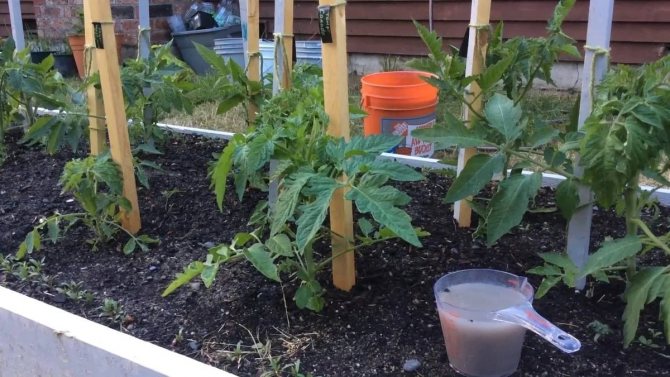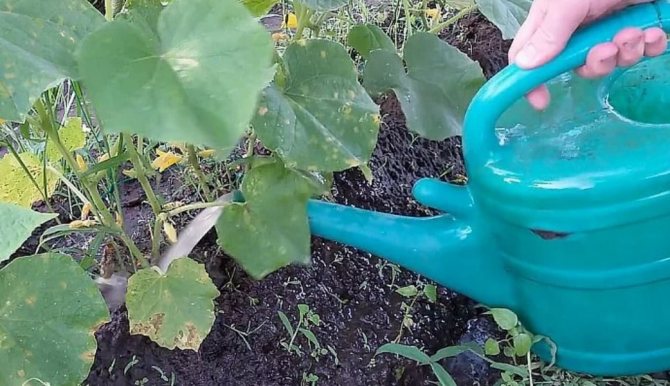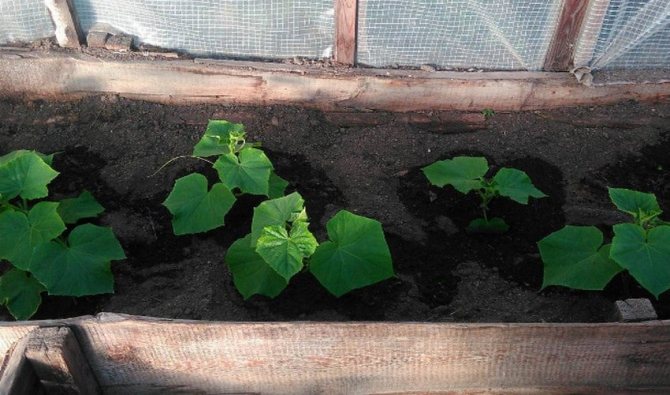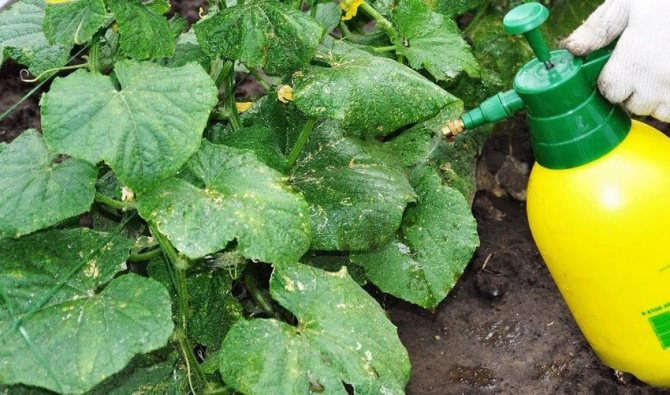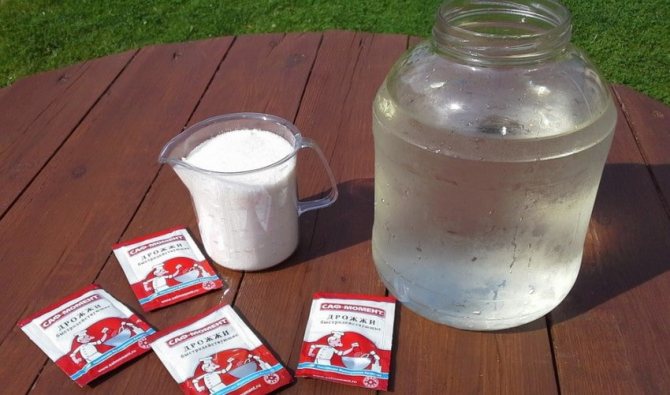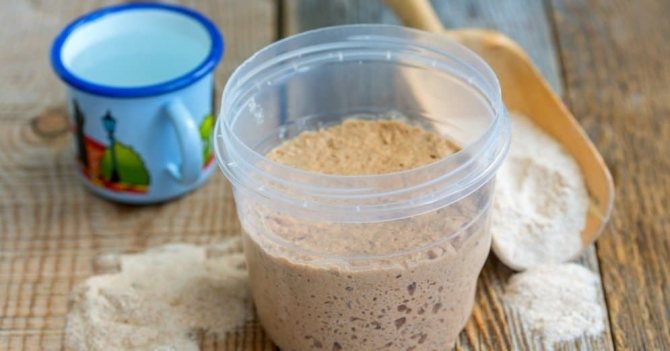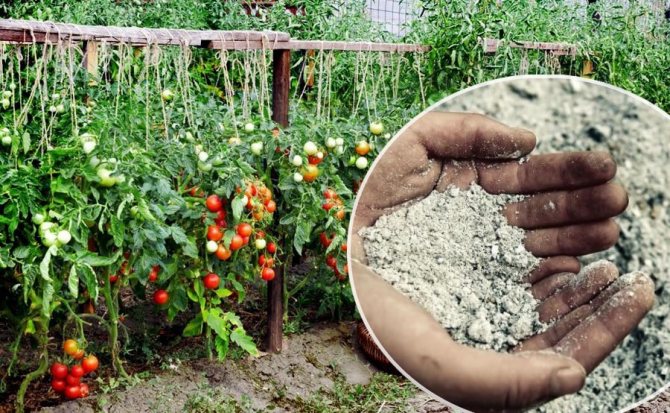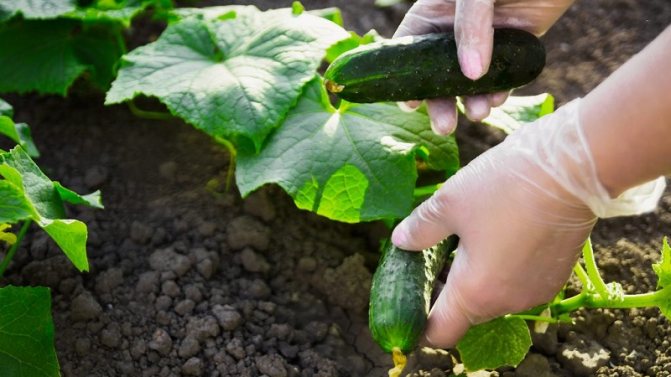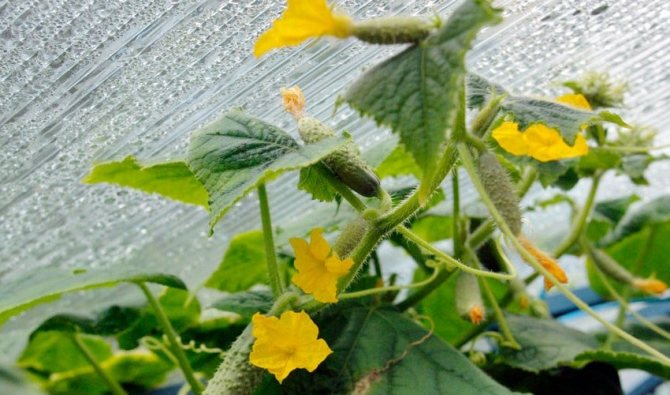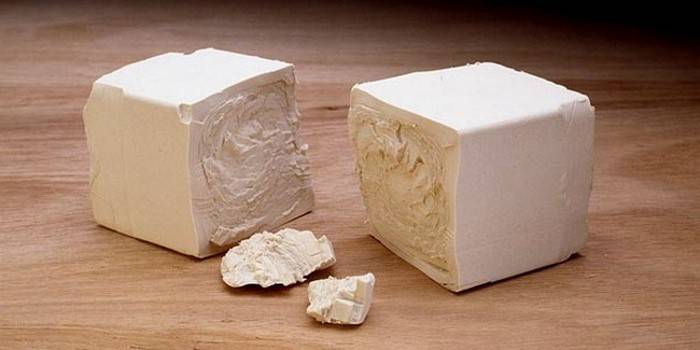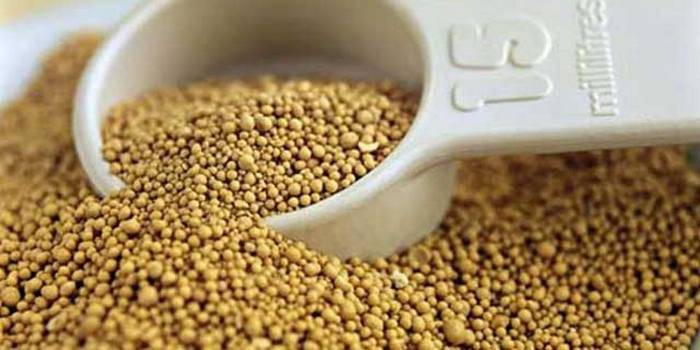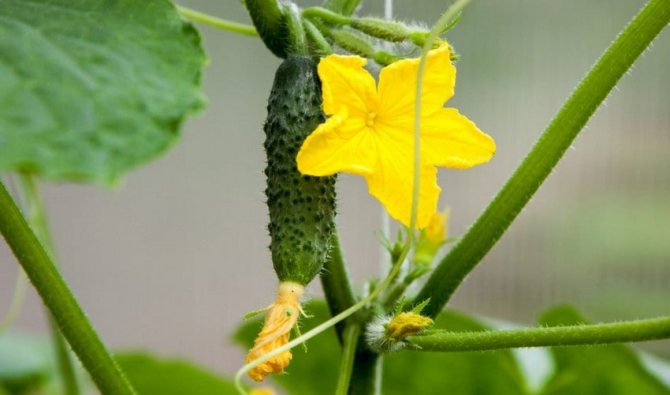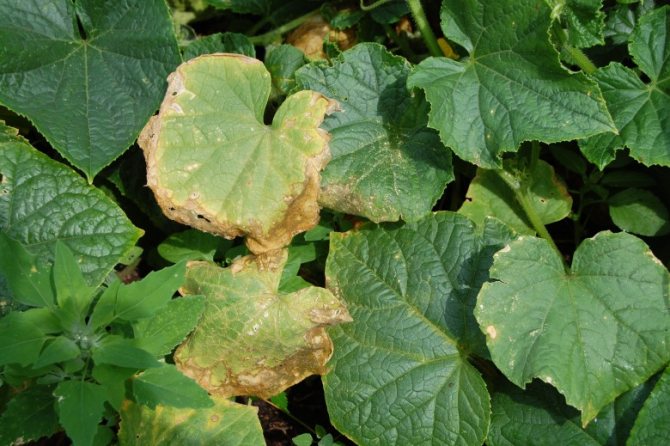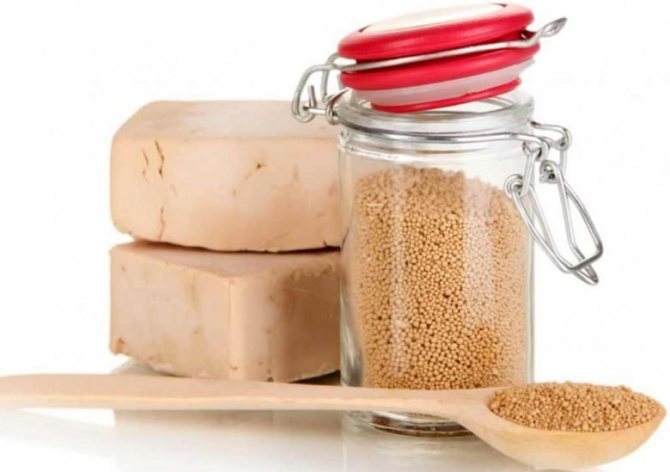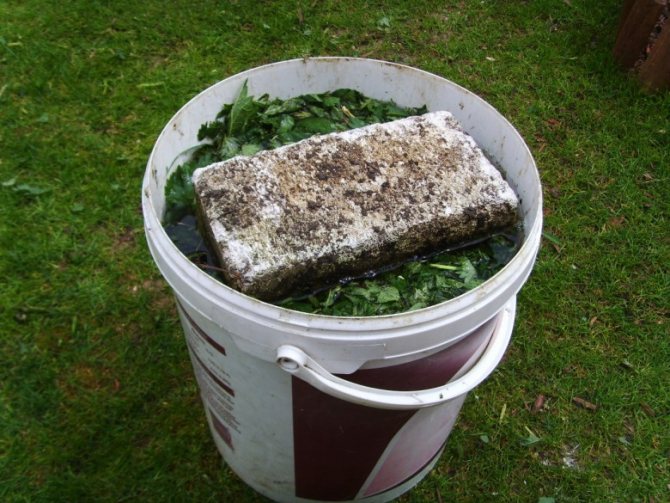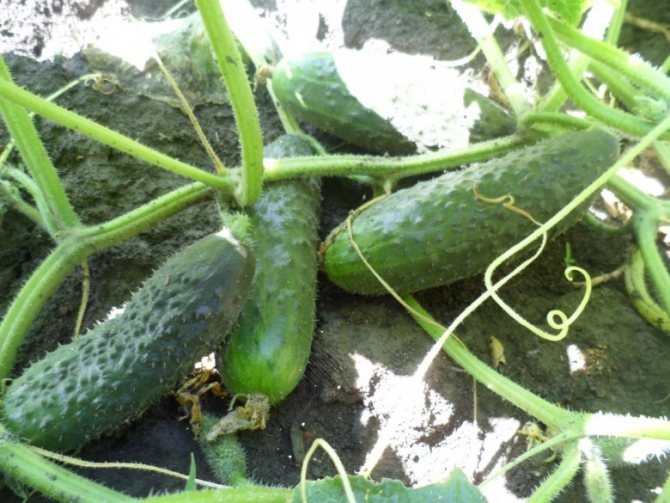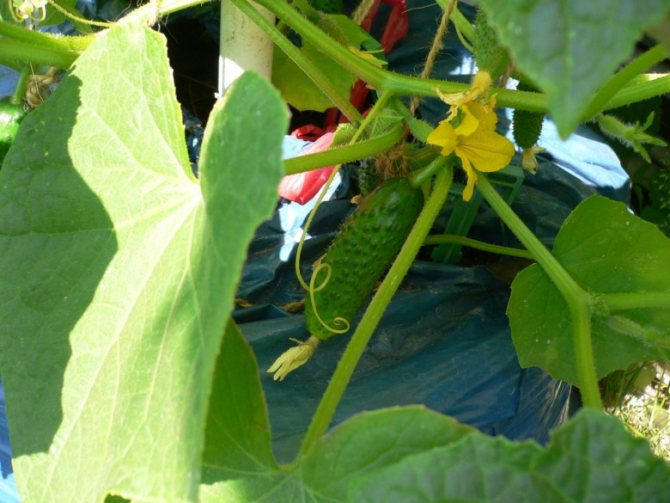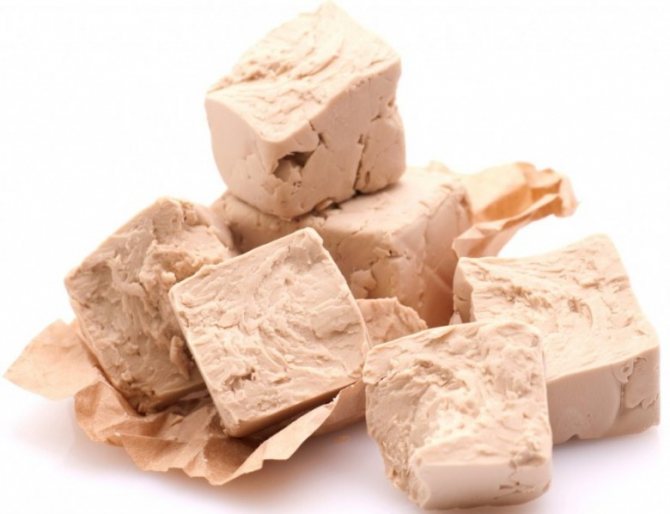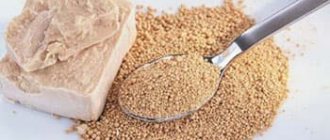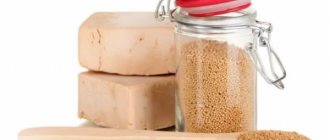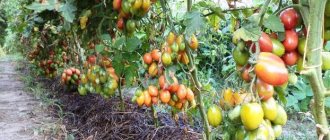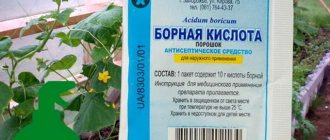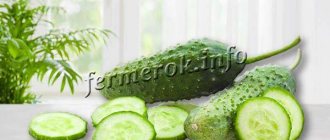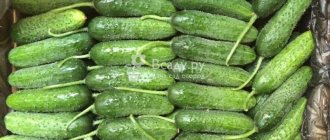Feeding plants with yeast is one of the most popular ways to maintain cultivated plantings among gardeners. It is not only an affordable fertilizer, but also very effective. It is noteworthy that yeast is not used to feed the plants themselves, but to activate the development of bacteria that are in the soil. They contain a protein that helps soil microorganisms multiply. If yeast feeding is used in a greenhouse or open field, tomatoes and cucumbers produce good yields, and the plants look healthy and strong.
The effectiveness of using yeast feeding for cucumbers

Yeast fungi, activated in warm water and trapped in the soil, become food for the bacteria living there. Microorganisms, absorbing yeast, receive vitamins, acids and biologically active substances. Soil bacteria, in turn, convert the organic matter in the ground into minerals in a form that is available to the plant.
Important! For yeast to work effectively, the soil must contain enough organic matter.
The yeast solution applied under the cucumber plants stimulates the formation of the root system at the stage of planting seedlings in the garden. Experienced gardeners note that in plants fed with yeast, adaptation to a new place after transplanting is twice as fast. The volume of the root system in the treated specimens is several times greater than that of the cucumbers without additional feeding. Thus, plants with strong and healthy roots absorb water and food from the soil better, actively increasing the aboveground part and forming a bountiful harvest.
Spraying the aerial part of the plant with a solution of yeast in a weak concentration strengthens the cucumber's immunity, helping to resist diseases.
The action of yeast is long-lasting and complex. Such top dressing for greenhouse cucumbers is given no more than 1 time per month, but it is enough for full growth and fruiting.
Useful properties of yeast for plants
The feeding procedure is as follows:
- the yeast is bred according to any suitable recipe;
- the resulting solution is watered with the plant in warm weather;
- under the influence of sunlight, yeast microorganisms begin to develop, they release nitrogen, B vitamins, process organic matter;
- plants begin to receive a large amount of nutrients, their growth and immunity increase.
Important! Yeast can only be used as an aqueous solution, not concentrated.
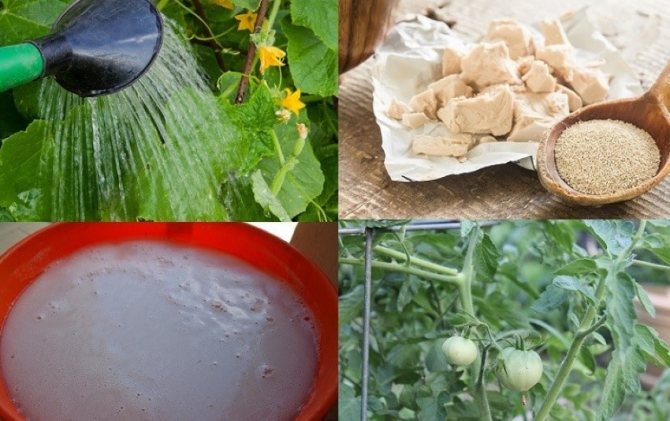

Feeding plants with yeast is one of the popular ways
The timing of fertilizing in the greenhouse
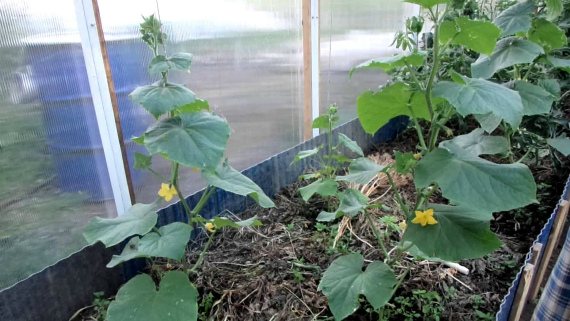

For cucumbers placed in a greenhouse, it is recommended to carry out 2-3 yeast dressings per season. Too frequent introduction of yeast into the soil can lead to an imbalance in the bacterial balance.
- For the first time, cucumbers are fed in a greenhouse 7-12 days after planting seedlings in the garden. At this time, the roots of the seedling, damaged during transplantation, return to normal and are ready to assimilate nutrients from the soil. Cucumbers are given organic nitrogen fertilization (infusion of manure or bird droppings), and after a few days yeast is added to the soil.
- About a month after planting the seedlings in the ground, when the first fruits have formed on the cucumber plant, they are fed with yeast a second time.At this time, the plant is in dire need of a full complex of elements (nitrogen, phosphorus, potassium). The yeast solution is combined with feeding with ash and slurry or mineral nitrogen-phosphorus-potassium fertilizer.
- The third feeding with yeast is done if cucumbers with a long fruiting period are planted in the greenhouse. Feeding with yeast is carried out in August to give the plants a boost for the autumn fruiting wave.
It is not recommended to increase the amount of dressings.
Read more in the article: Caring for cucumbers in the greenhouse from planting to harvest
Tips from seasoned gardeners
Based on their own experience of using yeast feeding, experienced gardeners advise:
- Do not get carried away with the frequent use of such fertilizer, 2-3 times per season is enough.
- With each yeast feeding, it is worth adding wood ash. It can be used dry (a small handful under a bush), or as an infusion (2 tablespoons ash / liter of water). This will make up for the deficiency of calcium, potassium and phosphorus in the soil.
- Fertilize vegetables on warm days, because nutrients are well absorbed in warm weather.
- Before fertilizing cucumbers, they are watered with water - this is how the processes in the soil go faster.
- A good result is obtained by adding several granules of potassium permanganate to the prepared solution (in common people - potassium permanganate). This will allow not only feeding the cucumbers, but also disinfecting the soil from harmful bacteria.
- The best time for feeding or spraying greenhouse cucumbers and planted in open ground is in the evening.
Yeast fertilizer gives excellent results. The main thing is not to abuse it and follow the basic recommendations for watering. Then the cucumbers will delight for a long time both with their external healthy appearance and frequent fruiting.
Rules for making yeast dressings for cucumber bushes


In order for the yeast to remain active and most effectively affect the soil microflora, there are several rules for their introduction into the soil.
- The soil temperature should be at least +12 degrees. In cold soil, yeasts die or remain inactive.
- For better reproduction of yeast fungi, a little sugar or old jam is dissolved in water with them.
- It is not recommended to add other ingredients (litter infusions, manure, iodine) to the yeast solution. Top dressing with these substances is carried out a few days before the introduction of yeast. It is allowed to combine the product only with wood ash and chalk, herb infusion without the fermentation process.
- For each cucumber bush, no more than 1.5 liters of solution is applied, pouring the fertilizer under the root. Spraying of plants with a yeast solution of weak concentration is allowed.
- After preparation, the yeast infusion cannot be stored, it is used immediately.
- It is recommended to moisten well the soil in the greenhouse before fertilizing.
Yeast fungi continue to work in the soil after watering for more than one week. In order for microorganisms to remain viable, cucumbers are watered only with warm water, avoiding overdrying the soil. A thick layer of mulch (straw, sawdust, grass, fallen leaves) will help to create a favorable microclimate in the root layer of soil. It will always be humid and warm under an organic shelter.
Recipes for making yeast dressings for cucumbers
For the manufacture of fertilizers, raw (live) baker's yeast and dry mixes are used. You can buy them in any supermarket, in the culinary department. Depending on which product is chosen for the preparation of the nutritional composition, the appropriate recipe should be selected.
Some gardeners use dry bread or a decoction of hop cones instead of yeast. The effectiveness of such solutions is in no way lower than that of yeast.
Fresh Yeast Formulations
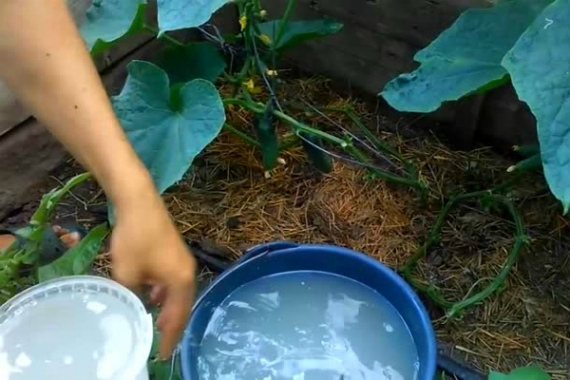

Fresh yeast is stored in the freezer, as it quickly deteriorates in the heat. Before preparing the solution, they must be thawed to a soft (like plasticine) state and crumbled with a knife.
Yeast feed for cucumber bushes on the water
Dissolve 1 kg of crushed raw yeast in half a bucket (5 l) of water. The liquid, before adding yeast, must be heated to 35-40 degrees, the mixture is thoroughly stirred. Pour 2 tbsp into the mass. tablespoons of granulated sugar or 1 glass of any non-sour jam. Sugar accelerates the growth of fungi, increasing the effectiveness of the fertilizer.
In a warm and dark place, the fertilizer concentrate should be infused for 3-5 hours. You should not put a container with liquid in the sun, at temperatures above +50 degrees, the fungus ferments and the infusion loses its effectiveness.
The finished concentrate is poured into a barrel with warm water, with a capacity of 50 liters, and stirred thoroughly. Fertilizer is ready.
Advice. When used in a greenhouse with drip irrigation, fertilizer can be loaded into the irrigation system.
Yeast solution in milk
For spraying cucumber plants in order to feed and increase immunity, fresh yeast can be dissolved not in water, but in milk. Instead of milk, you can take whey, reverse or yogurt. Softened yeast (100 g of product per 1 liter of milk) is added to the liquid heated to +40 degrees, stirred thoroughly and left in a warm place for 3-4 hours. Before use, ordinary clean water is poured into the mass, bringing the total volume to 10 liters.
It is better to spray cucumbers in a greenhouse with a nutritious yeast infusion in the evening. During spraying, they tend to get the solution not only on the upper part of the leaf, but on the lower one.
Yeast infusion prepared in milk is suitable not only for spraying, but also for watering cucumbers at the root. For one adult plant covered with flowers, 1.5 liters of the nutrient mixture are consumed. It is recommended to enrich the solution by adding wood ash (1 cup per bucket of mixture) and chalk or powdered eggshells (0.5 cups per bucket of liquid).
Attention. When preparing ashes for feeding cultivated plants, you should take ashes from burning clean wood (branches, tree trunks, unpainted boards), grass, hay and straw. Ash from burning plastic, polyethylene contains toxic substances. Before introducing the ash into the fertilizer solution, it is sieved to remove large pieces.


Preparing a nutrient solution from yeast and grass
Weed infusion can be added to the yeast nutrient solution. The herbal infusion enriches the yeast with vitamins and biologically active substances.
- To prepare the infusion, they tear the juicy grass: nettles, runny, calendula, shiritsa, quinoa.
- The grass is finely chopped and placed tightly in a bucket, filling it halfway. In order for the grass to give juice, it is well crushed.
- Pour the mass with hot (about 55-60 degrees) water and leave under the lid overnight.
The finished infusion is filtered and added to the yeast fertilizer prepared according to any described recipe. The indicated amount of herbal infusion is intended to be added to 20 liters of yeast (already diluted with water) fertilizer.
Preparation of yeast and ash-based cucumber dressing
The soil around cucumber bushes is fed with this composition in the greenhouse and in the open field.
Pour boiling water (3 l) over one glass of sifted ash and leave for 10-12 hours. After the infusion, filter and bring to 10 liters. Dry yeast (10 g) or fresh (100 g) insist in one liter of water until fluffy foam forms. Pour the ash infusion into the yeast composition and add 1/2 tbsp. eggshell. The prepared solution is used to fertilize the soil.
Hop-based cucumber solution
Hops are a complete substitute for baker's yeast. Ripe chopped hop cones (1 glass per 5 liters of water) are boiled for about 1 hour over low heat. Add 0.5 cups of sugar and 0.5 cups of wheat flour or potato starch to the cooled mass, and mix well. The mixture is infused in a warm place for 2 days, with frequent stirring. Before use, the resulting solution is diluted with water 10 times.
Rye bread solution
Instead of fresh yeast, you can use rusks of white or rye bread. Only good food will do, no mold. A 10 liter bucket is half filled with breadcrumbs and the mass is poured with warm water.The bucket is loosely closed with a lid and left to ferment for several days in a warm place. When the crackers are completely soft and the liquid acquires a pleasant smell of kvass, the solution can be used to water the cucumbers.
The resulting liquid is filtered and diluted by half with pure water. Fertilizer is used for watering cucumber seedlings after planting in the garden, spending 500 ml for each bush.
Dry yeast formulations


Concentrated dry yeast is easier to use than raw product. They can be stored for several years without using a refrigerator. Fewer amounts are required compared to raw yeast.
Preparation of the solution
It is enough to take 1 tbsp for a bucket of warm water. a flat spoon of dry yeast and 0.5 cups of granulated sugar. The liquid is stirred and left for 2 hours in a warm place. The resulting concentrate is diluted with plain water to a volume of 50 liters. Fertilizer consumption is 1 liter for each cucumber bush in the seedling stage and about 2 liters for a fruiting plant.
Important! Do not exceed the frequency of feeding the borage with yeast infusion. An overabundance of fungus in the soil can lead to the growth of pathogenic microorganisms (mold) and soil imbalance.
Why do cucumbers need yeast?
Cucumbers are the most demanding on the composition of the soil and need constant feeding, which ensures the growth of seedlings and the abundant development of lashes. Yeast includes in its composition: vitamin B, amino acid, proteins, carbohydrates, nitrogen, phosphorus and iron. For seedlings, all these trace elements are very useful and necessary, so yeast for feeding cucumbers is the most relevant option.


Yeast fertilizer has several advantages:
- help to avoid possible diseases of cucumbers;
- harvest time increases;
- the taste of cucumbers becomes more excellent;
- the amount of the crop and its ripening increase;
- the root system develops faster.
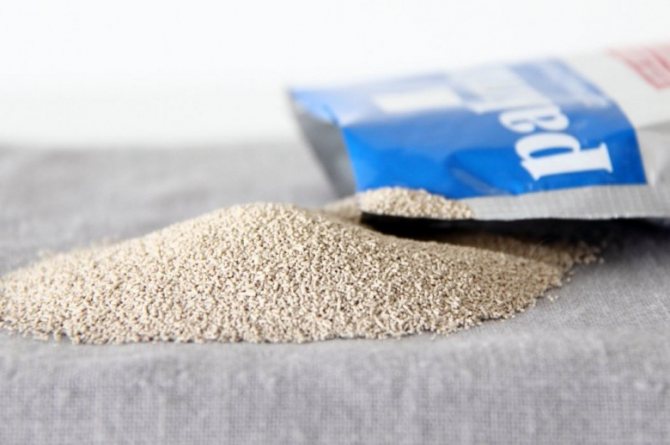

It is known from experience that using yeast for feeding cucumbers, the yield is maximally doubled. It is worth considering that with yeast fermentation, an increase in potassium consumption occurs. It is possible to fix this by adding wood ash or other additives to the solution.
Preparation of yeast-based foliar dressings for cucumbers


You can spray cucumbers for feeding and to protect against diseases with any of the above yeast solutions. But the concentration of the spray solution is made twice weaker than for root feeding.
For good growth and development of cucumbers, ascorbic acid is added to the yeast solution. 2 g of vitamin and 20 g of dry yeast powder are poured into 5 liters of warm water, mixed well. The infusion is prepared for 2 days, with regular stirring. The finished concentrated solution is dissolved in 30 liters of water and the cucumbers are sprayed during flowering.
Spraying fruit-bearing cucumbers in a greenhouse with yeast infusion with the addition of milk (the recipe is given above), not only has a beneficial effect on the formation of ovaries, but also protects plants from diseases. The fatty film that remains on the leaves and shoots after spraying creates a barrier to bacteria.
Foliar feeding of cucumber plants is effective at the stage of planting seedlings. If the young plants turned out to be weak and were difficult to transplant, it is better to feed them by spraying with a yeast solution. Watering with the same solution under the root will not have the desired effect, since the roots injured by the transplant are not able to fully absorb nutrients.
Testimonials
Reviews of gardeners about yeast feeding are positive.
Tatiana, Moscow region: “I feed greenhouse cucumbers with yeast every year. There is no better fertilizer! I water the seedlings with a solution with the addition of tobacco dust. It stimulates plant growth. When ovaries appear, I use an herbal infusion, during the fruiting period - a remedy with ash. Thanks to this, vegetables ripen faster. "
Valentina, Blagoveshchensk: “I want the cucumbers to be less sick and affected by fungi, for which I water them. Sometimes I just scatter crackers in the garden. This method works too. "
Mikhail, Moscow: “A two-day yeast infusion with nettle is an excellent medium for the growth of cucumber seedlings. I use it as a fertilizer if the leaves start to wilt or turn yellow. "


